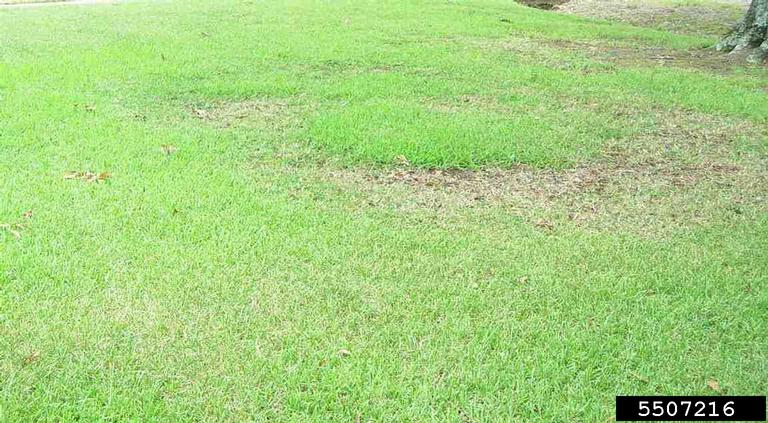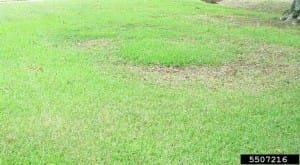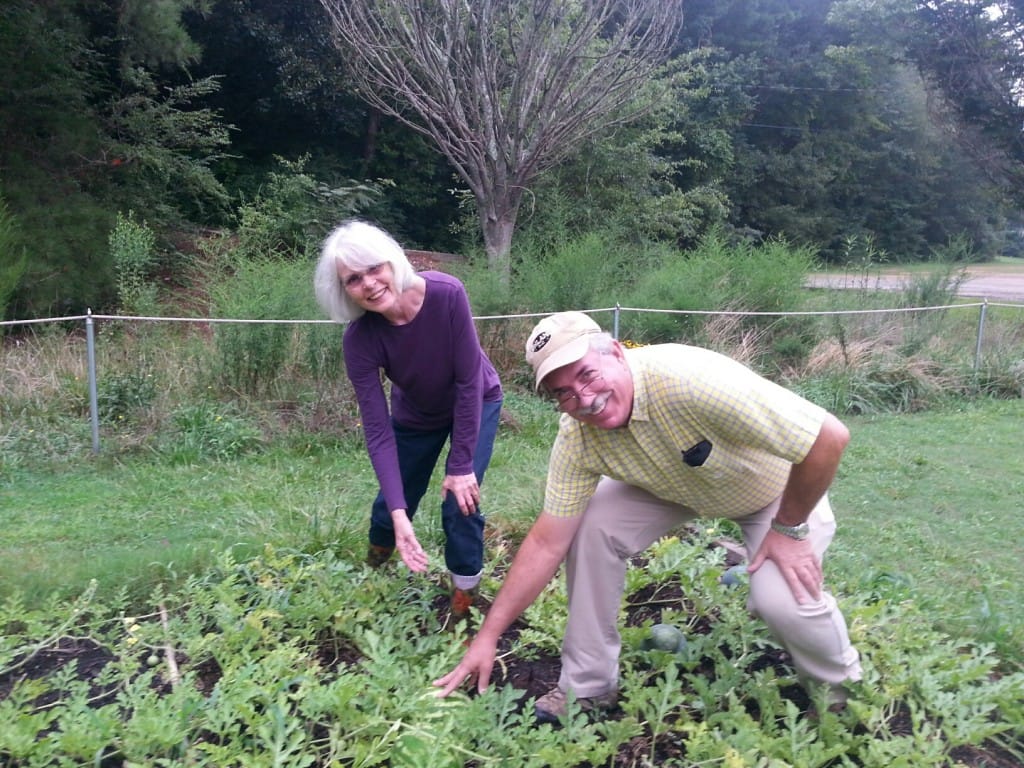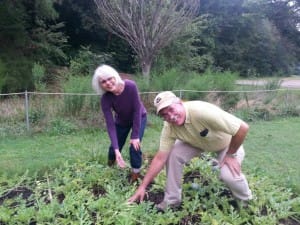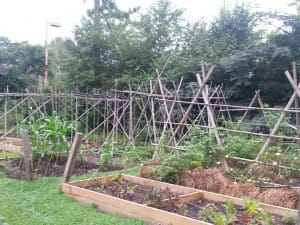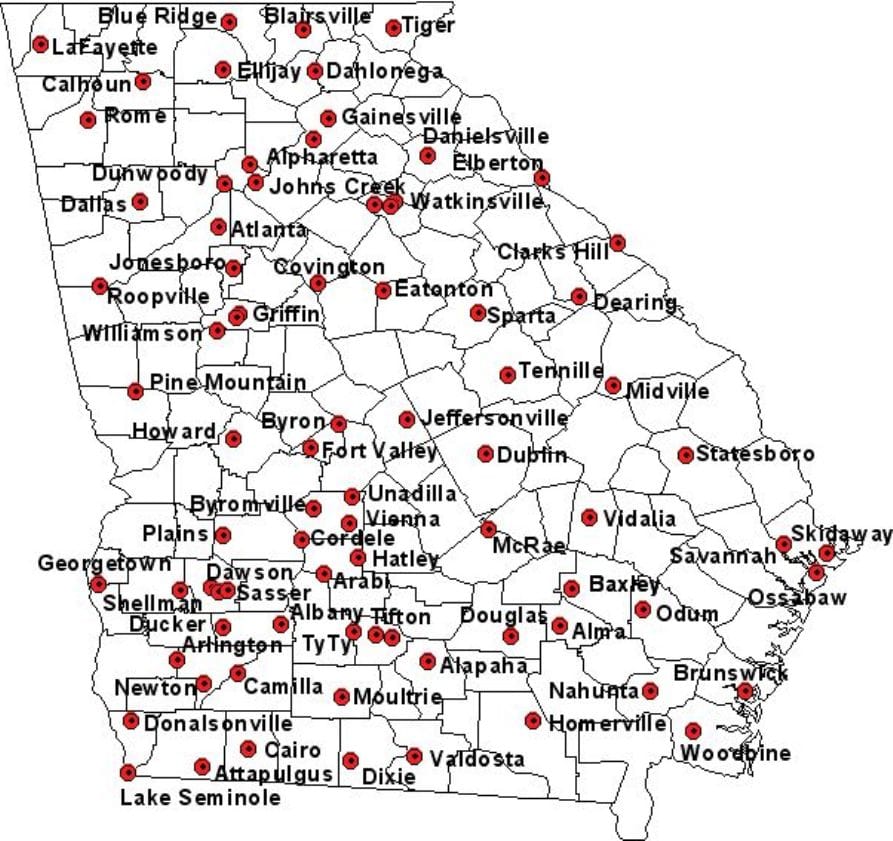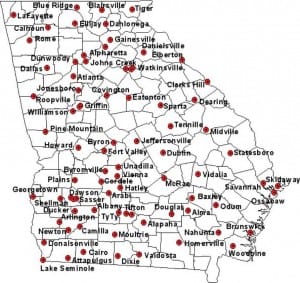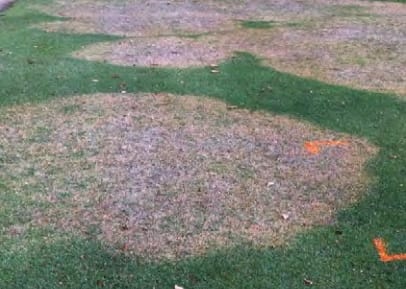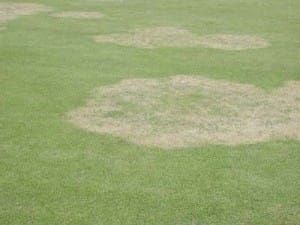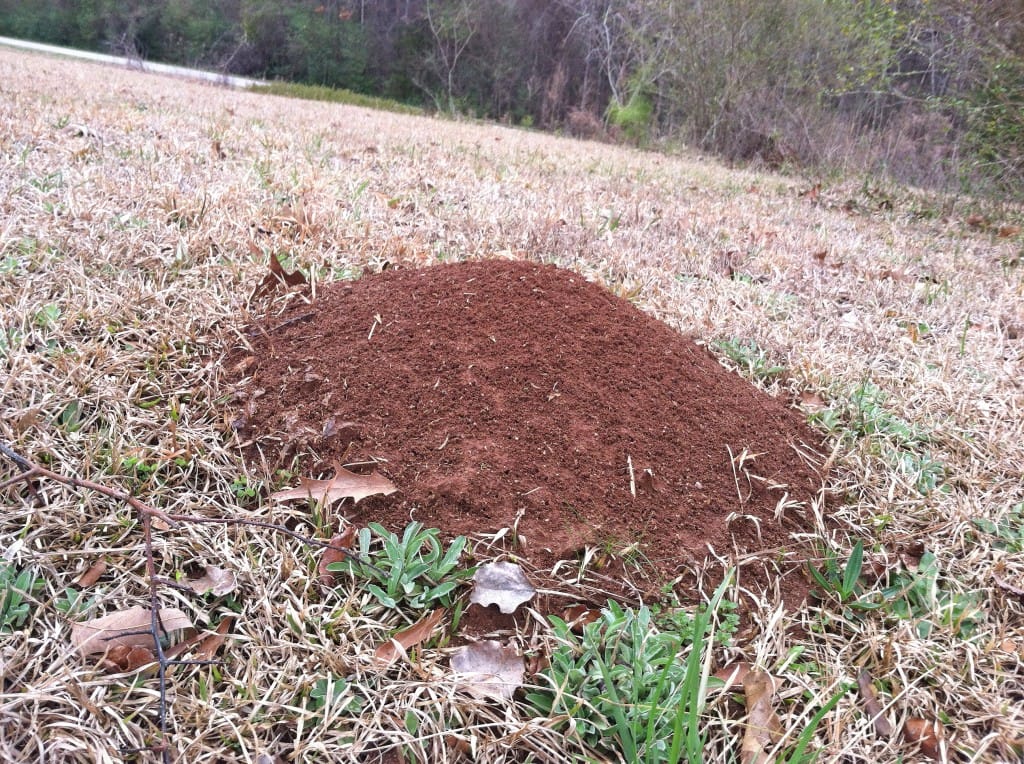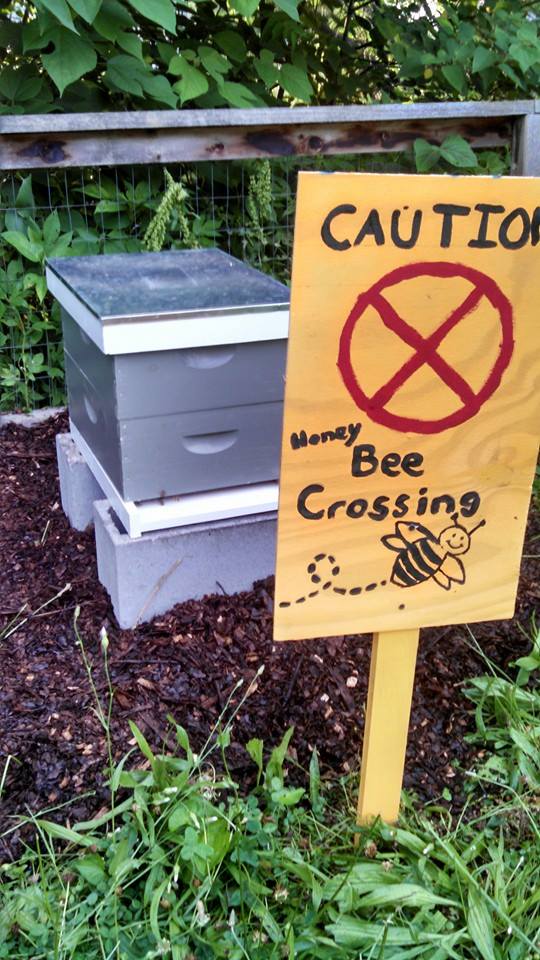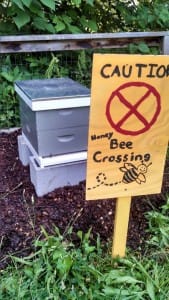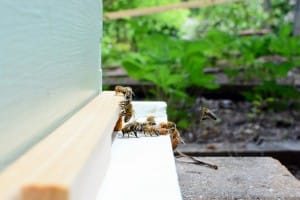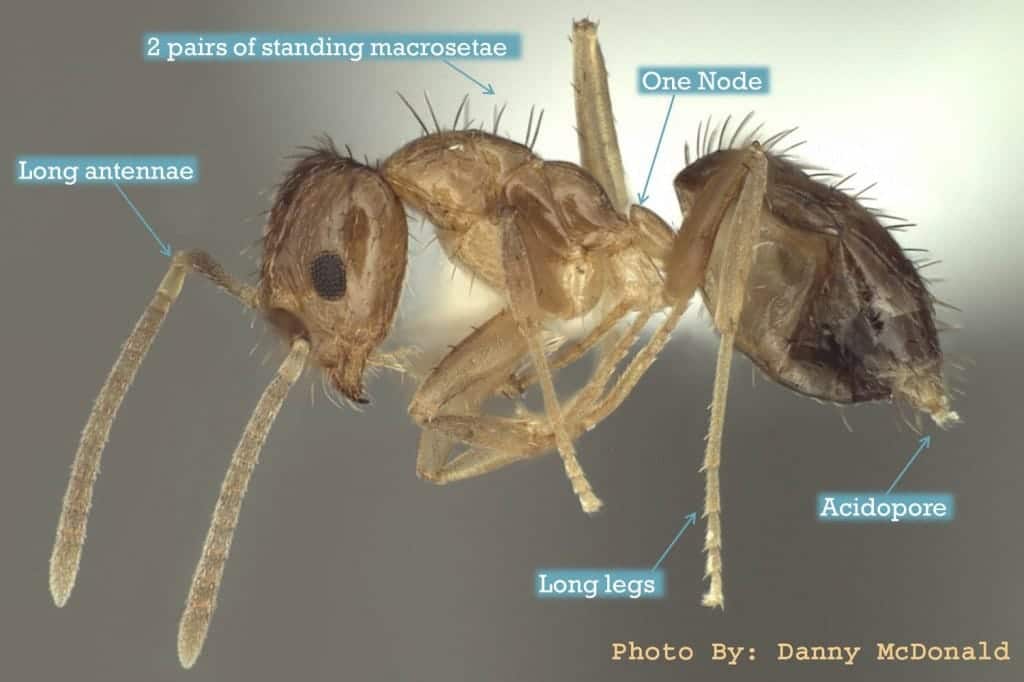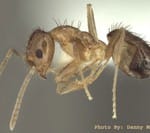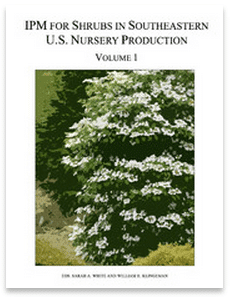Patrick McCullough, Extension Weed Specialist, University of Georgia
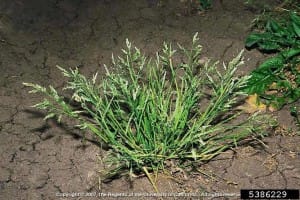
Annual bluegrass (Poa annua L.) is a problematic winter annual weed. Compared to most turfgrasses, annual bluegrass has a lighter green color, coarser leaf texture, and produces unsightly seedheads. Contrary to its name, both annual (live for one season) and perennial (live for many seasons) populations of annual bluegrass may be found in turf. Perennial plants are more prevalent on closely mowed turf that receives frequent irrigation and high nitrogen fertilization. These populations are more prevalent in shady or highly trafficked areas with compacted soil. Annual plants are more upright in growth and produce more seed than lower-growing perennial types.
Annual bluegrass seed germinates in late summer/early fall once soil temperatures fall below 70° F. Seedlings grow and mature in fall, overwinter in a vegetative state, and produce seed in spring. Annual bluegrass is a prolific seed producer and individual plants may produce hundreds of viable seed, even when closely mowed. Annual bluegrass flowers over several months in spring and produces seed that may remain dormant in soil for years before germinating. Annual bluegrass grows well under short day lengths and cool conditions, and may out-compete other turf species during late fall and early spring. Annual bluegrass often dies from summer stresses but may survive if irrigated and pests are adequately controlled, especially for perennial biotypes.
Cultural Control
Several cultural practices can be utilized to control annual bluegrass. Deep and infrequent irrigation encourages turfgrass root development which improves the ability of desired grasses to compete with annual bluegrass in mixed stands. Withholding water until desirable turfgrass species exhibit initial drought stress symptoms can help reduce soil moisture for potential annual bluegrass infestations. Overwatering, especially in shady areas, may predispose the site to annual bluegrass invasion.
Practices that promote soil compaction should be avoided to promote turfgrass growth and competition with annual bluegrass populations. Core aerifications should be conducted during active turf growth and favorable periods for quick recovery. Voids left in turf with exposed soil following aerifications may permit annual bluegrass invasion during periods of peak germination. For cool-season grasses, fall aerfications should be timed before annual bluegrass germinates. Warm-season grasses should have enough time to recover from summer aerifications to promote dense, high quality turf prior to annual bluegrass germination in fall.
Nitrogen fertilization should be reduced during peak annual bluegrass germination and periods of vigorous growth. High nitrogen at these times encourages annual bluegrass spread and survival in to winter and spring. Fertilizing dormant turfgrasses when annual bluegrass is actively growing may also exacerbate infestations and should be avoided.
Mowing height, frequency, and equipment requirements vary among turfgrass species and practitioners should maintain turf under appropriate regimes for successful long-term culture (Table 1). Raising the mowing height during peak annual bluegrass germination may encourage turf competition to reduce potential infestations. Lower mowing heights may predispose turf to stress and reduce competition with annual bluegrass populations. Turfgrass should also be mowed frequently during periods of vigorous growth to prevent scalping. Scalping thins out turf and may enable weeds, such as annual bluegrass, to establish. While returning clippings is recommended to recycle nutrients to the soil, removal of clippings may be useful when annual bluegrass is present and producing seedheads. Removal of clippings at this time will reduce the spread of viable seed.
Chemical Control
Preemergence Control
Preemergence herbicides may prevent annual bluegrass seed germination. However, preemergence herbicides will not eradicate established plants and will not effectively control perennial biotypes of annual bluegrass from spreading vegetatively. Application timing of preemergence herbicides for annual bluegrass control is very important. Herbicides must be applied in late summer/early fall before annual bluegrass germination. A second application can be applied in winter to control later germinating plants. Fall applied preemergence herbicides should not be used if reseeding or resodding is needed to repair areas of damaged turf within several months after herbicide applications.
Several preemergence herbicides used for summer annual weed control will effectively control annual bluegrass in fall and winter (Table 2). Fall applications of herbicides such as bensulide (Betasan), dithiopyr (Dimension), flumioxazin (Sureguard), oxadiazon (Ronstar, Starfighter), pendimethalin (Pendulum, others), and prodiamine (Barricade, others) may effectively control annual bluegrass. Indaziflam (Specticle) provides excellent preemergence control of annual bluegrass and also provides early-postemergence control as well. Indaziflam is only labeled in warm-season turfgrasses but may provide greater application timing flexibility than dinitroaniline herbicides in fall.
Combination herbicide products are also available which may improve efficacy of applications. These products include oxadiazon plus bensulide (Anderson’s Crab and Goose), oxadiazon plus prodiamine (Regalstar), and benefin plus oryzalin (Team 2G or Team Pro). Many preemergence herbicides are available under a wide variety of trade names and formulations and turf mangers should carefully read label directions before applications.
Atrazine (Aatrex, Purge, others) and simazine (Princep, WynStar, others) are labeled for centipedegrass, zoysiagrass, St. Augustinegrass and bermudagrass. Atrazine can be applied to actively growing and dormant centipedegrass or St. Augustinegrass but bermudagrass can be injured if treated while actively growing. Both herbicides have excellent preemergence activity on annual bluegrass but soil residual is generally shorter (four to six weeks) compared to aforementioned herbicides. Several atrazine products are restricted use pesticides and turf managers should check labels for further information before use.
Mesotrione (Tenacity) is labeled for use in centipedegrass, perennial ryegrass, St. Augustinegrass (sod production only), tall fescue, and dormant bermudagrass (Table 2). Mesotrione may be applied during establishment of these grasses (except bermudagrass) and effectively controls annual broadleaf and grassy weeds. Preemergence applications of mesotrione control or suppress annual bluegrass but postemergence use is ineffective for control of established plants. Mesotrione may be applied in tank-mixtures with atrazine or simazine on centipedegrass to improve efficacy of applications.
Most preemergence herbicides will provide similar initial efficacy if applied before annual bluegrass germination and sufficient rain or irrigation is received. Preemergence herbicides require incorporation from irrigation or rainfall so that weeds may absorb the applied material. In order to effectively control annual bluegrass, preemergence herbicides must be concentrated in the soil seedbank. Retention on leaf tissue can be avoided by irrigating turf immediately after application for effective soil incorporation and herbicide activation.
Preemergence herbicide applications on non-irrigated sites have less potential for residual control, compared to irrigated turf, from product loss, poor soil incorporation, and failure to activate the herbicide. Practitioners should return clippings on non-irrigated sites to help move potential herbicides remaining on leaf tissue to the soil. If clippings are collected as part of routine maintenance, practitioners should consider returning clippings until at least half to one inch of rainfall is received. Granular products may also be applied to non-irrigated sites for better soil incorporation than liquid formulations. Granular products may be easier to handle and apply with less equipment necessary than sprayable formulations. Granular herbicides should be applied when morning dew is no longer present to avoid interference from leaf tissue.
Postemergence Control
Annual bluegrass may be selectively controlled with postemergence herbicides (Table 3). Practitioners managing warm-season grasses have more options for selective postemergence annual bluegrass control than cool-season grasses. Flazasulfuron (Katana), foramsulfuron (Revolver, Tribute Total), rimsulfuron (TranXit), and trifloxysufluron (Monument) are labeled for bermudagrass and zoyiagrass non-residential commercial lawns and other sites. Flazasulfuron and rimsulfuron are also labeled for use in centipedegrass. Efficacy of these herbicides generally increases under warm temperatures in spring compared to winter and non-ionic surfactants may enhance efficacy.
Pronamide (Kerb) is a restricted use herbicide for annual bluegrass control in non-residential bermudagrass, centipedegrass, St. Augustinegrass, seashore paspalum, and zoysiagrass. Pronamide is root-absorbed and must be watered in following applications. Pronamide efficacy is generally slower than most sulfonylureas and activity for annual bluegrass control may take approximately four to six weeks.
Atrazine (Aatrex, Bonus S, others) and simazine (Princep, WynStar, others) may also be applied to bermudagrass, centipedegrass, St. Augustinegrass, and zoysiagrass for selective postemergence annual bluegrass control. These herbicides often provide erratic control of annual bluegrass but may control other grassy and broadleaf weeds. Actively-growing bermudagrass is sensitive to atrazine and applications are recommended only during the late fall and winter months.
Dormant bermudagrass may be treated with nonselective herbicides, such as glyphosate (Roundup, Touchdown, others), glufosinate (Finale), and diquat (Reward). These herbicides will injure or kill existing vegetation, including annual bluegrass and managers should only spray at peak dormancy when no green turfgrass foliage is observable. Nonselective herbicides should only be applied to completely dormant bermudagrass and applications during early spring may delay greenup with significant turf injury. Flumioxazin (Sureguard) is a new herbicide for pre- and postemergence annual bluegrass control but applications are limited to dormant bermudagrass only. Flumioxazin use after greenup or on other species are not recommended due to excessive injury potential.
Selective annual bluegrass control options in cool-season lawns are limited. Ethofumesate (Prograss) has controls established annual bluegrass in perennial ryegrass, tall fescue, and dormant bermudagrass (Table 5). Two or three ethofumesate applications may be applied in late fall at three to four week intervals. Annual bluegrass control may be seen that fall, but control is usually observed the following spring. Annual bluegrass control with ethofumesate may vary greatly over years depending on environmental conditions. Amicarbazone (Xonerate) is a new Photosystem II inhibitor, similar to triazine herbicides, but may be used in tall fescue lawns and other cool-season grasses. Applications of amicarbazone in Georgia are limited to springtime only to minimize injury to cool-season grasses. Warm-season turf is very tolerant to amicarbazone and may be treated at any seasonal timing.
Bispyribac-sodium (Velocity) has shown potential for selective annual bluegrass control in tall fescue and perennial ryegrass lawns. However, this herbicide is currently registered for creeping bentgrass and perennial ryegrass on golf courses and sod farms only. Spot treatments of nonselective herbicides are generally the most effective treatment regime for annual bluegrass control in cool-season grasses.
Managing Herbicide Resistance
Annual bluegrass is a genetically diverse species and various biotypes present in turf may have differential responses to herbicides. Repeated use of one herbicide chemistry may effectively control annual bluegrass but resistance may develop in local populations if herbicides with different modes of action are not incorporated in to management regimes. Herbicide resistance is the survival of a segment of the population of weeds following a herbicide dosage lethal to the normal population. Resistance occurs from repeated use of the same herbicide or mode of action over years and may be a concern with problematic annual weeds, such as annual bluegrass.
Triazine herbicides, atrazine and simazine, have been repeatedly used for years due to the wide spectrum of weeds controlled as pre- or postemergence treatments in warm-season grasses. Resistance in weed populations has been reported with these herbicides which may contribute to inconsistent efficacy for annual bluegrass control in turf. Resistance to sulfonylureas has been reported in weed populations in agronomic crops and repeated use in turfgrasses may also contribute to resistance in annual bluegrass populations.
Preemergence chemistries, such as the dinitroanalines, may have resistance among weed populations from repeated use over years. Turf managers should rotate preemergence herbicides from mitotic inhibitors to other modes of action to minimize resistance in annual bluegrass populations. Herbicides to consider in rotation programs from dinitroanilines would include indaziflam, ethofumesate, or oxadiazon. These chemistries offer a different mode of action than dinitroanilines but cost, label restrictions, and turfgrass tolerance may be limiting factors for using these products. Combination herbicides are also available, such as oxadiazon + prodiamine (Regalstar), oxadiazon + bensulide (Anderson’s Crab and Goose), and prodiamine + sulfentrazone (Echelon), with more than one mode of action that effectively control annual bluegrass in turf.
Table 1. Mowing requirements for commercial turfgrasses.
| Mowing Requirements for Turfgrasses | |||
| Species | Mower Type | Height (inches) | Frequency (days) |
| Bermudagrass | |||
| Common | Rotary/reel | 1 to 2 | 5 to 7 |
| Hybrid | Rotary/reel | 0.5 to 1.5 | 3 to 4 |
| Centipedegrass | Rotary | 1 to 2 | 5 to 10 |
| Perennial Ryegrass | Rotary/reel | 0.5 to 2 | 3 to 7 |
| St. Augustinegrass | Rotary | 2 to 3 | 5 to 7 |
| Tall Fescue | Rotary | 3 | 5 to 7 |
| Zoysiagrass | Reel | 0.5 to 2 | 3 to 7 |
Table 2. Efficacy of preemergence herbicides for annual bluegrass control in commercial turfgrasses.
| Common Name | Trade Name (Examples) | Efficacy |
| atrazine | Aatrex, various | E |
| benefin | Balan, others | E |
| bensulide | Betasan, others | F |
| dithiopyr | Dimension | G |
| ethofumesate | Prograss | G-E |
| flumioxazin | Sureguard | G |
| indaziflam | Specticle | E |
| mesotrione | Tenacity | F |
| oryzalin | Surflan, others | G |
| oxadiazon | Ronstar, others | G |
| pendimethalin | Pendulum, others | G |
| prodiamine | Barricade, others | E |
| pronamide | Kerb | E |
| simazine | Princep, others | E |
E = Excellent (90 to 100%), G = Good (80 to 89%), F = Fair (70 to 79%), P = Poor (<70%).
Table 3. Efficacy of postemergence herbicides for annual bluegrass control in turfgrass.
| Common Name | Trade Name (Examples) | Efficacy |
| amicarbazone | Xonerate | F-G |
| atrazine | Aatrex, others | E |
| bispyribac-sodium | Velocity | F-G |
| flazasulfuron | Katana | G-E |
| flumioxazin | Sureguard | F-G |
| foramsulfuron | Revolver | E |
| glufosinate | Finale | E |
| glyphosate | Roundup, others | E |
| imazaquin | Image | P-F |
| metribuzin | Sencor | G |
| pronamide | Kerb | E |
| rimsulfuron | Tranxit | E |
| simazine | Princep, others | G-E |
| thiencarbazone + foramsulfuron + halosulfuron | Tribute Total | G-E |
| trifloxysulfuron | Monument | E |
E = Excellent (90 to 100%), G = Good (80 to 89%), F = Fair (70 to 79%), P = Poor (<70%).
